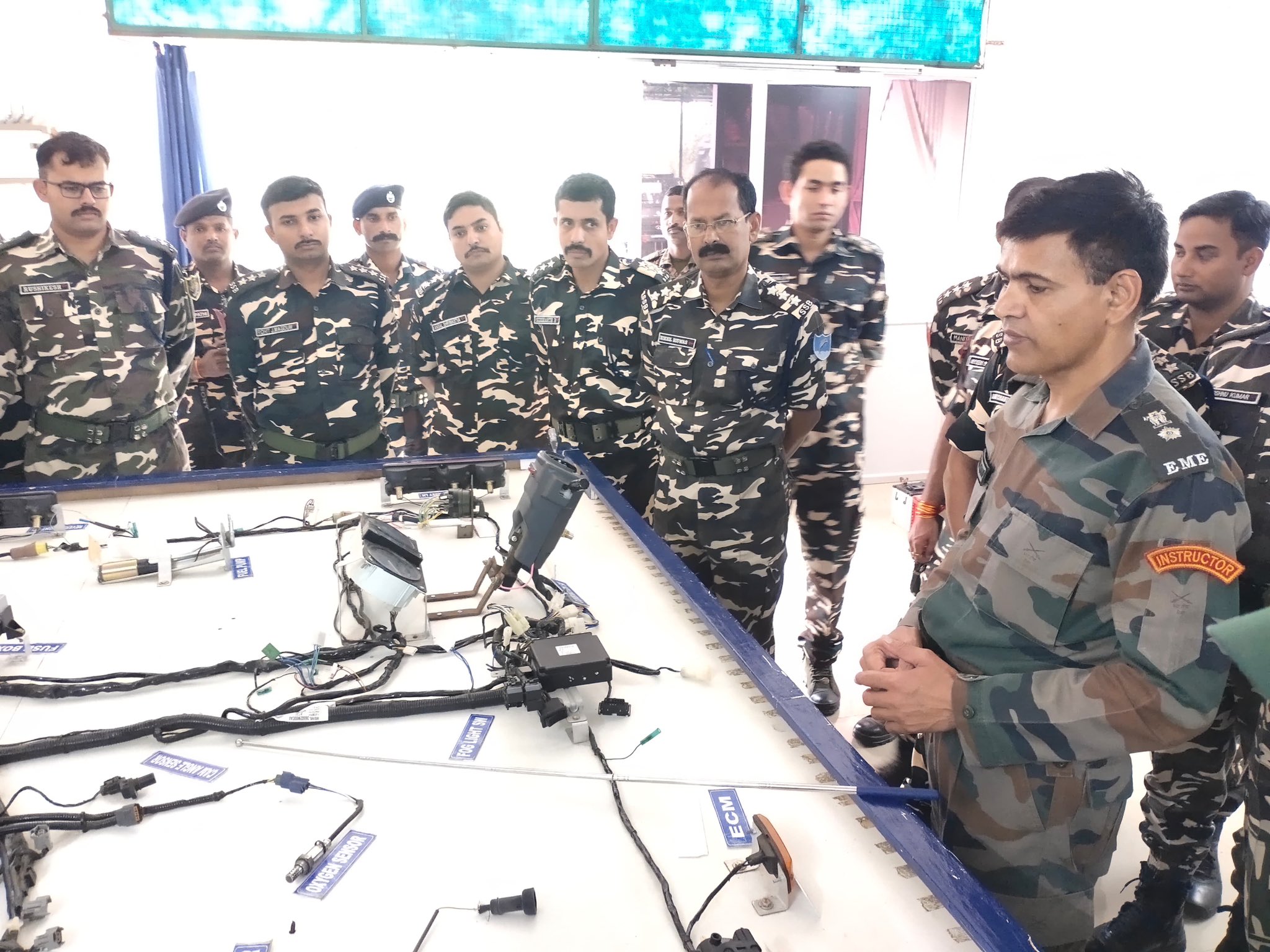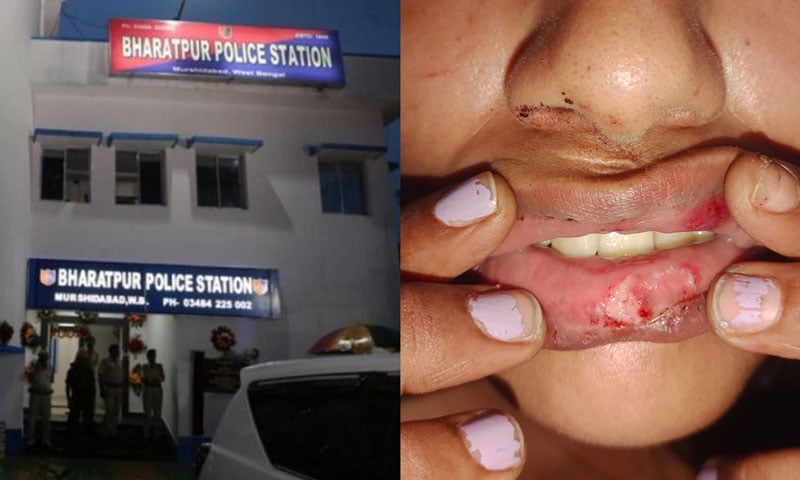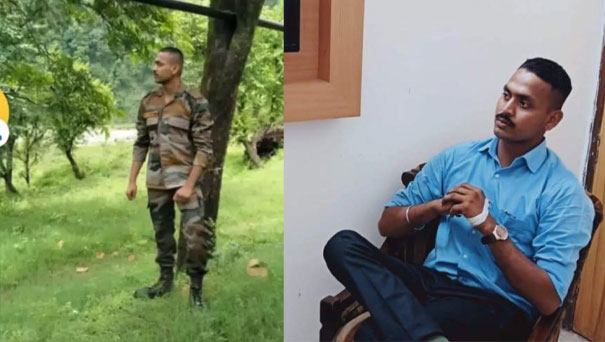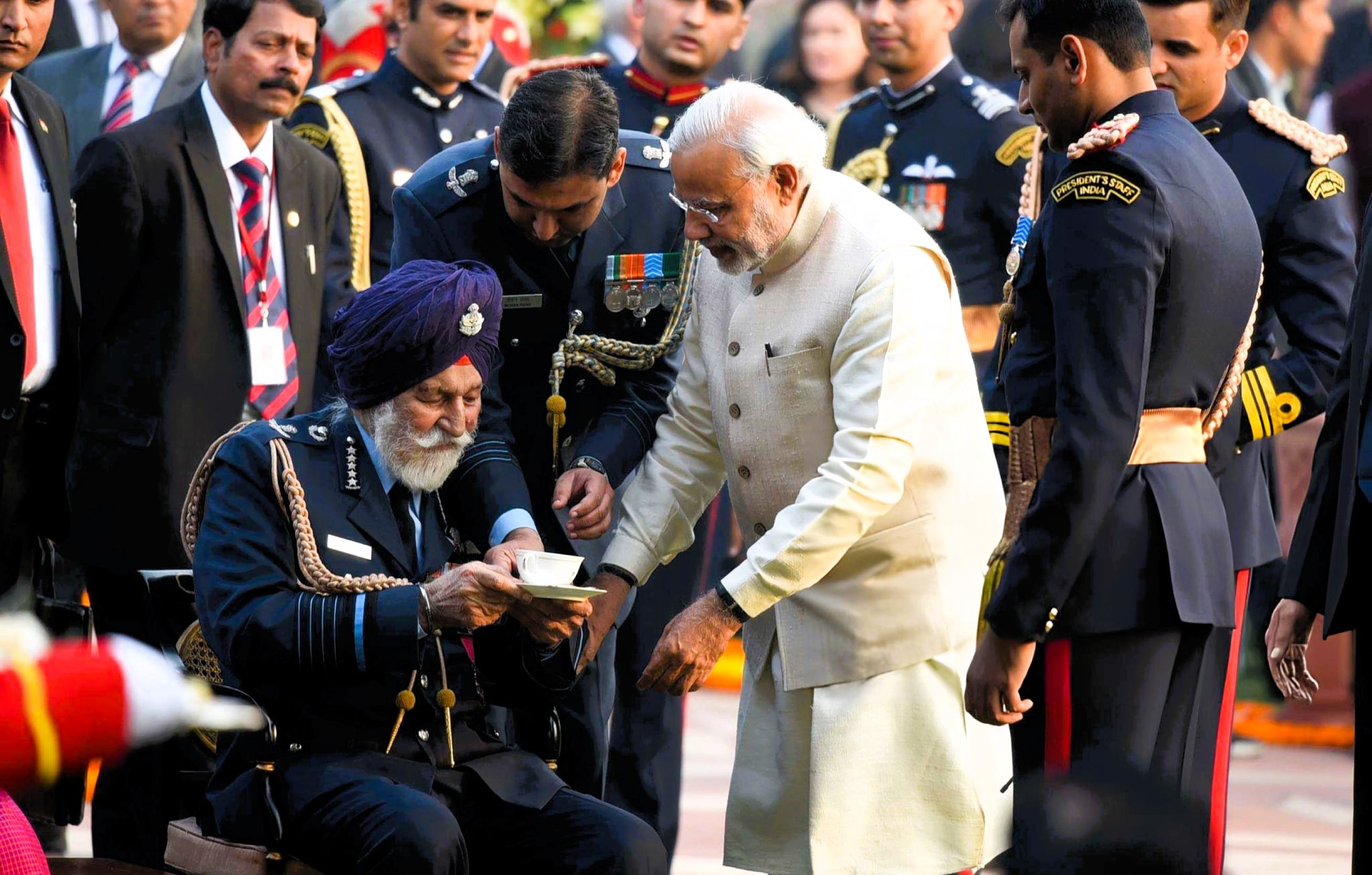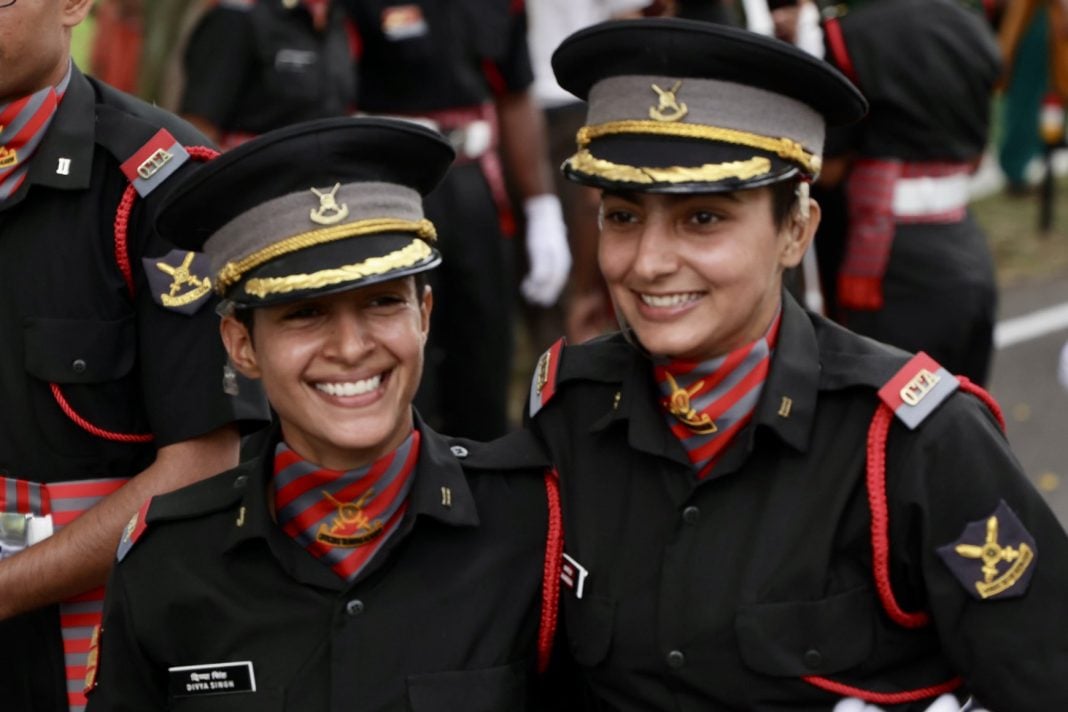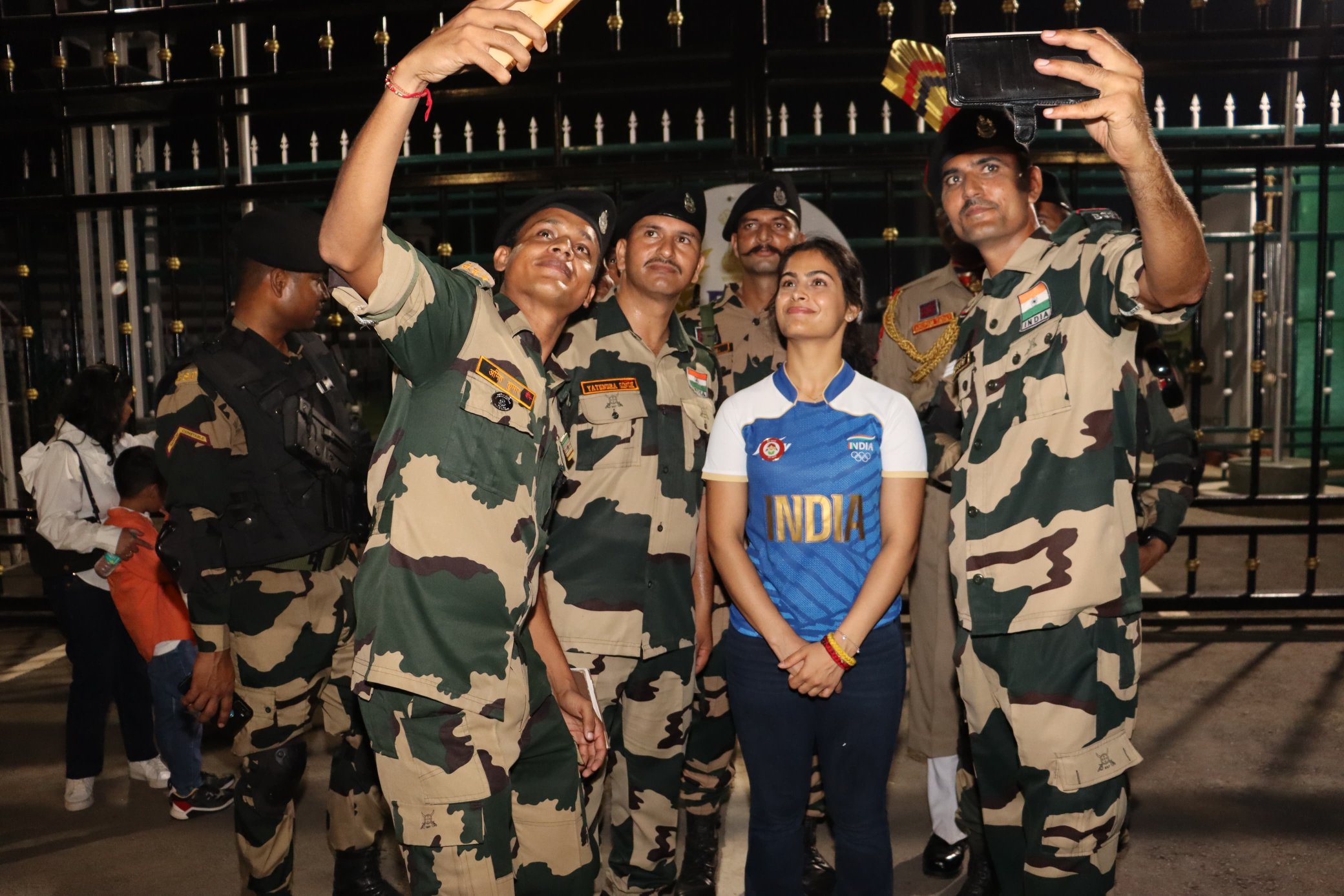Sashastra Seema Bal Officers Undergo Advanced Training at Electronics and Mechanical Engineers Centre in Bhopal
A group of 27 officers from the Sashastra Seema Bal (SSB) Academy recently participated in a specialized two-day training capsule…
Indian Army Officer and Fiancée Allege Custodial Torture and Molestation By Odisha Police
In a shocking incident, an Army Major and his fiancée have alleged custodial torture and molestation at the Bharatpur police…
Fake Indian Army Major Arrested In Recruitment Scam
In a major breakthrough, Military Intelligence (MI) and the Bingar Camp Police Station in Ahmednagar have successfully dismantled a nationwide…
Meet The Only 5 Star Officer from Indian Air Force
Born on April 15, 1919, in Faisalabad, Marshal of the Indian Air Force Arjan Singh emerged as a remarkable figure in the…
SSC Tech 63 and SSCW Tech 34 Merit List Indian Army
The Indian Army has released the merit lists for SSC Tech 63 and SSCW Tech 34 courses, scheduled for October…
Border Security Force Honors Olympian Manu Bhaker at JCP Attari
In a ceremonial gathering at the Joint Check Post (JCP) Attari, the Border Security Force (BSF) honored Olympian and two-time…

